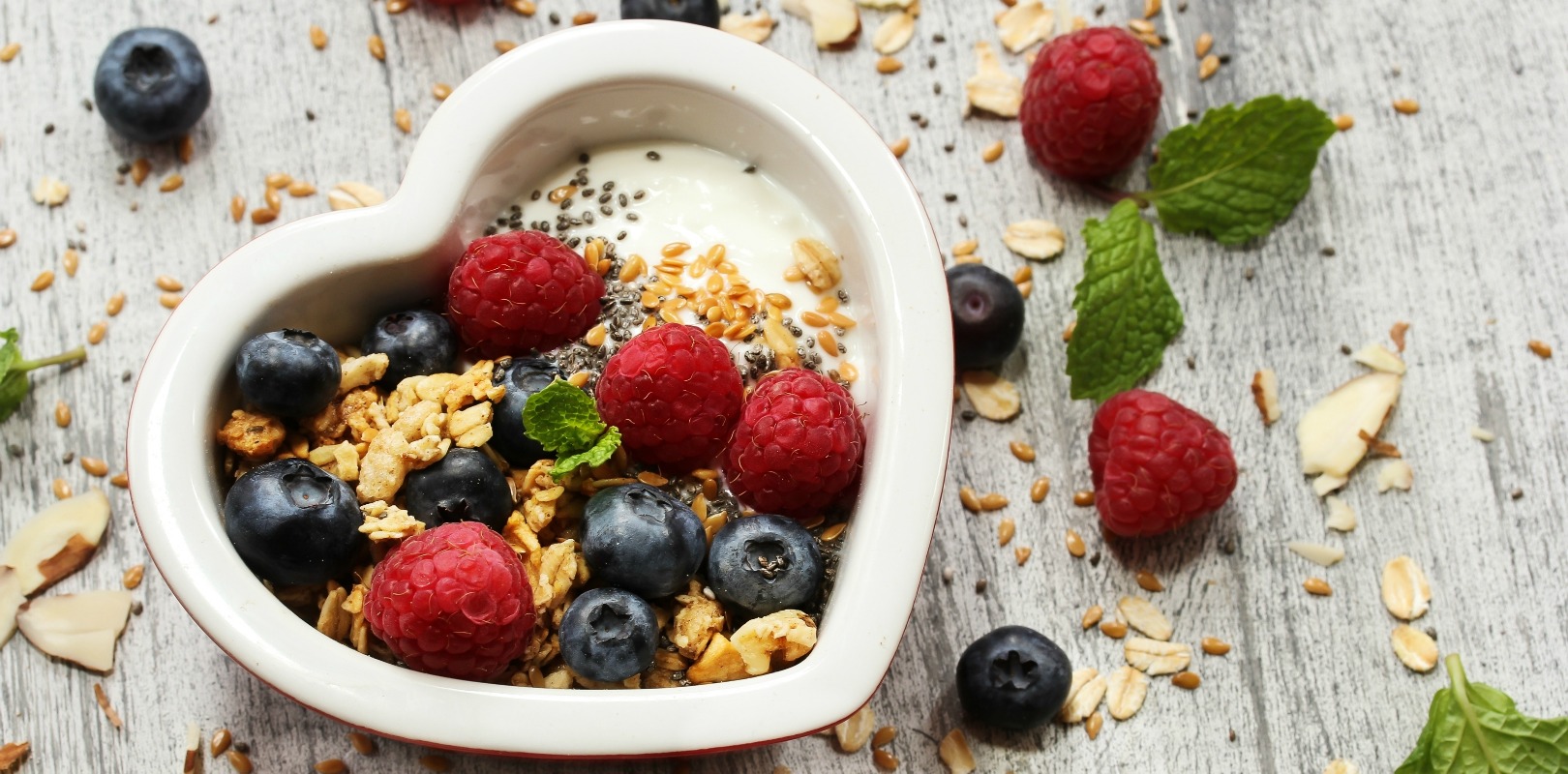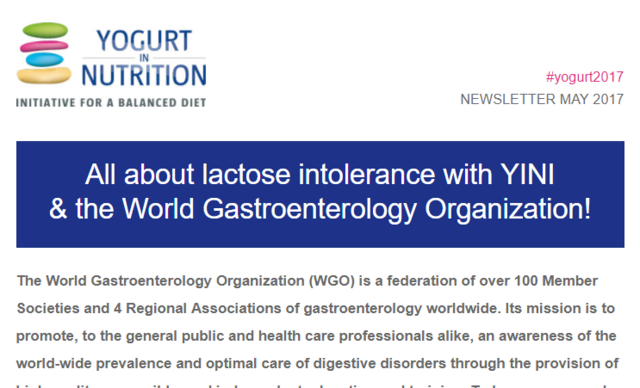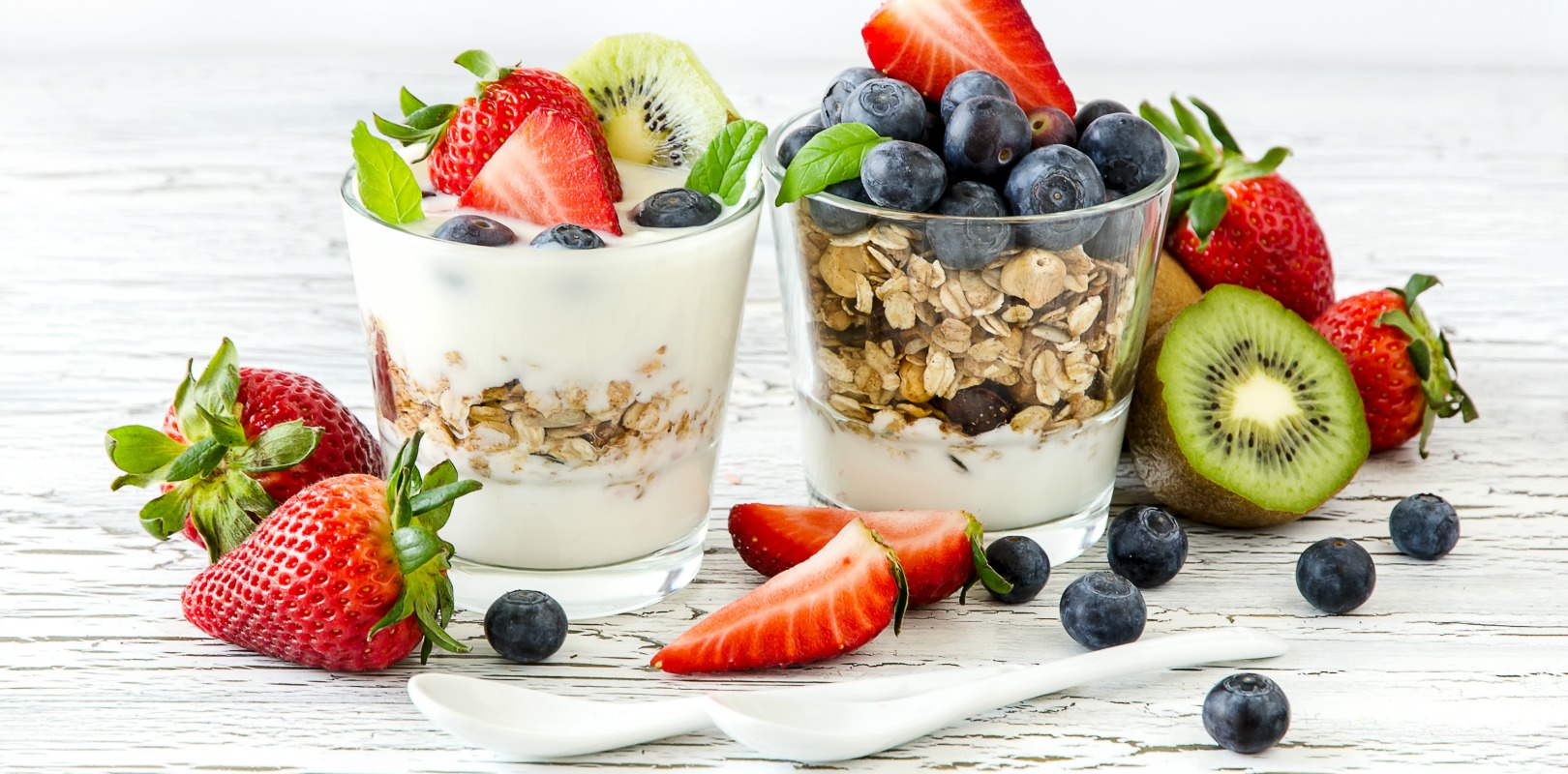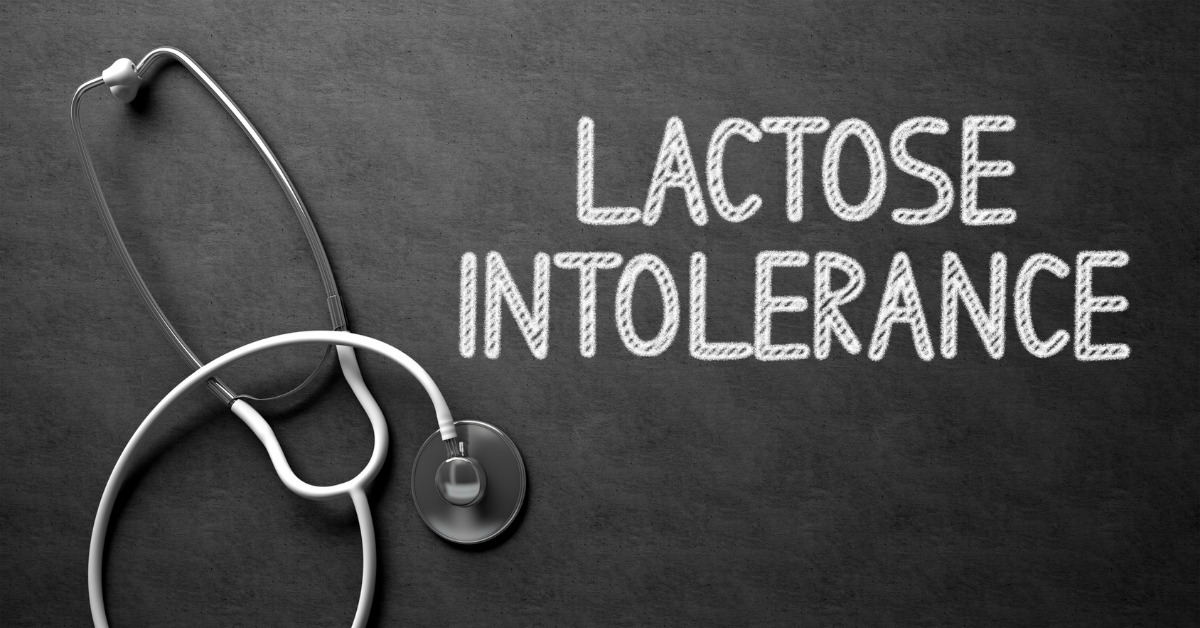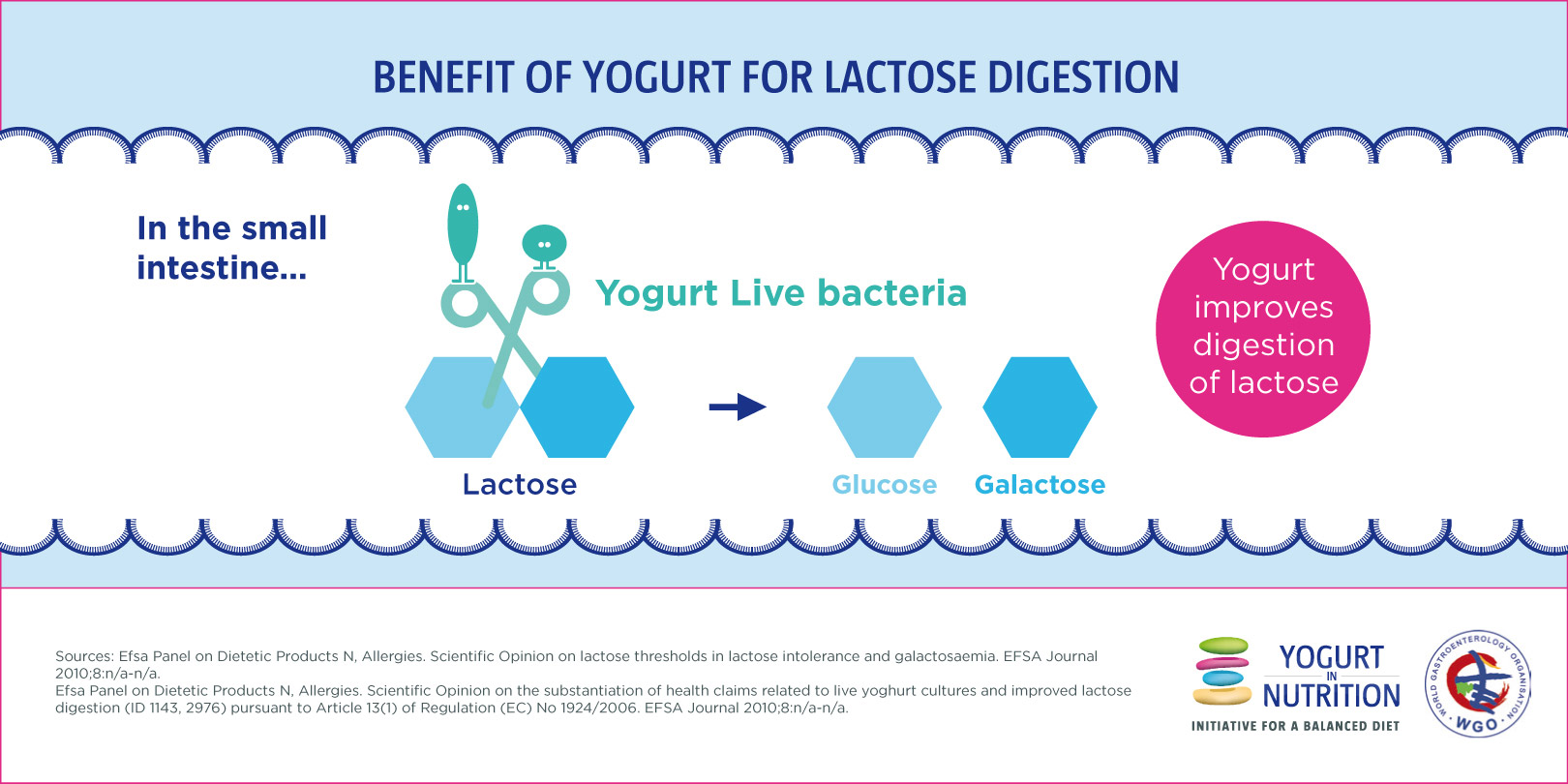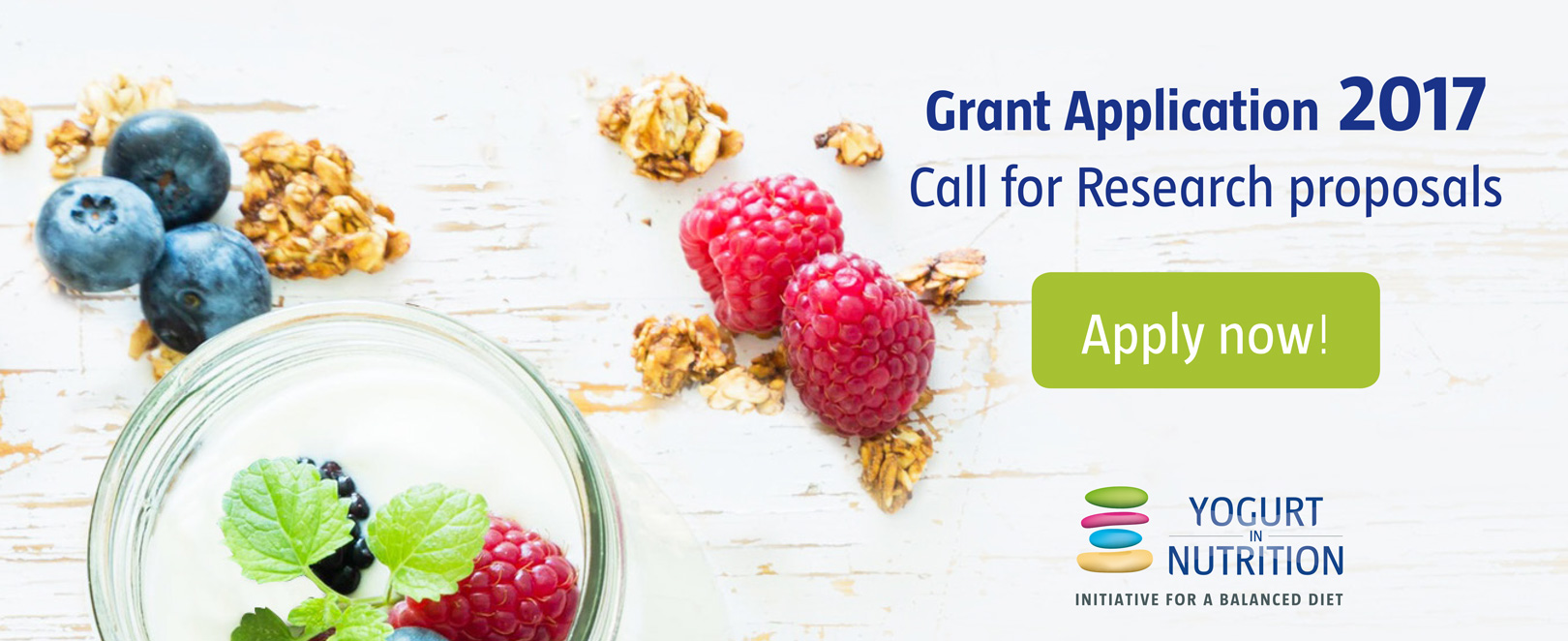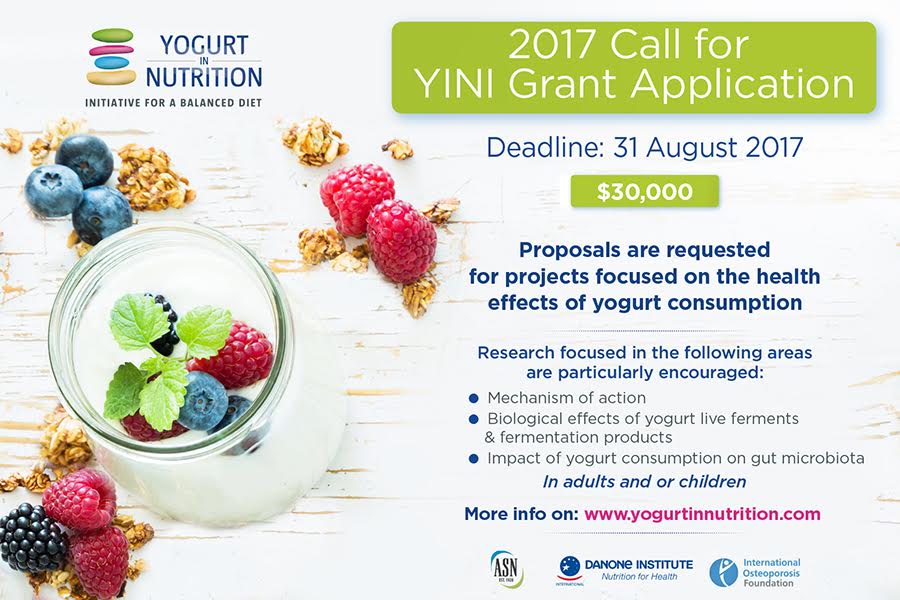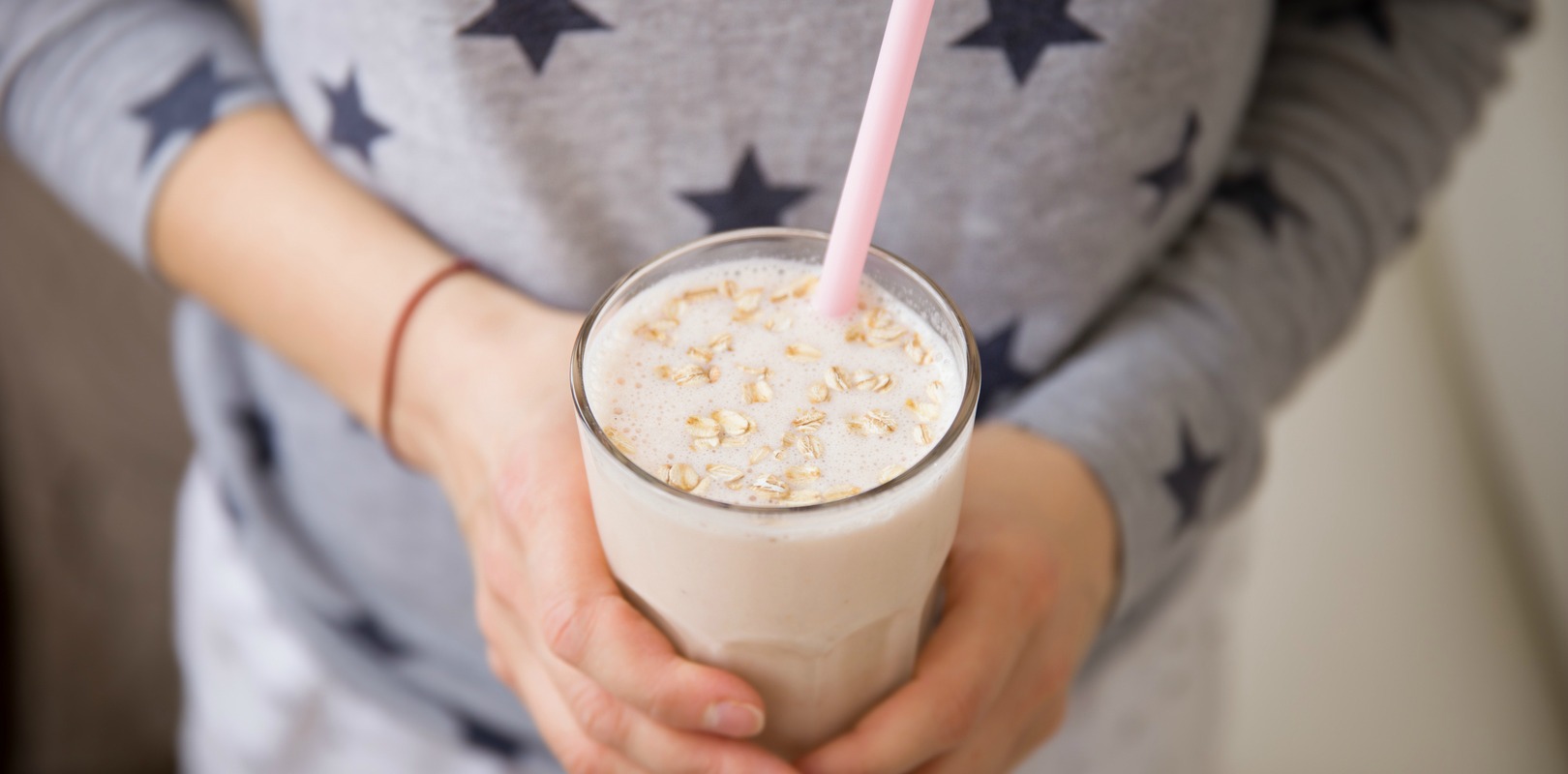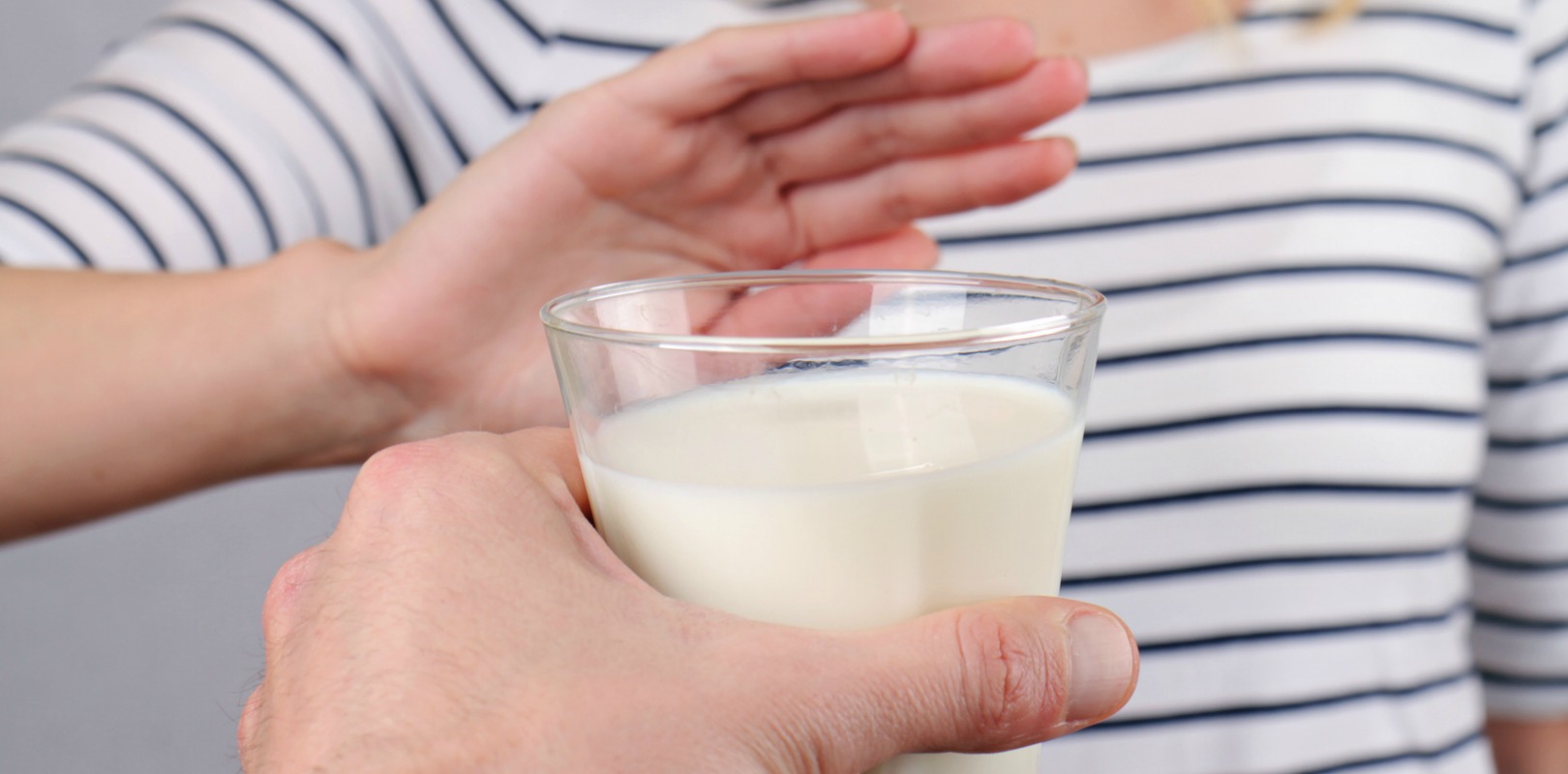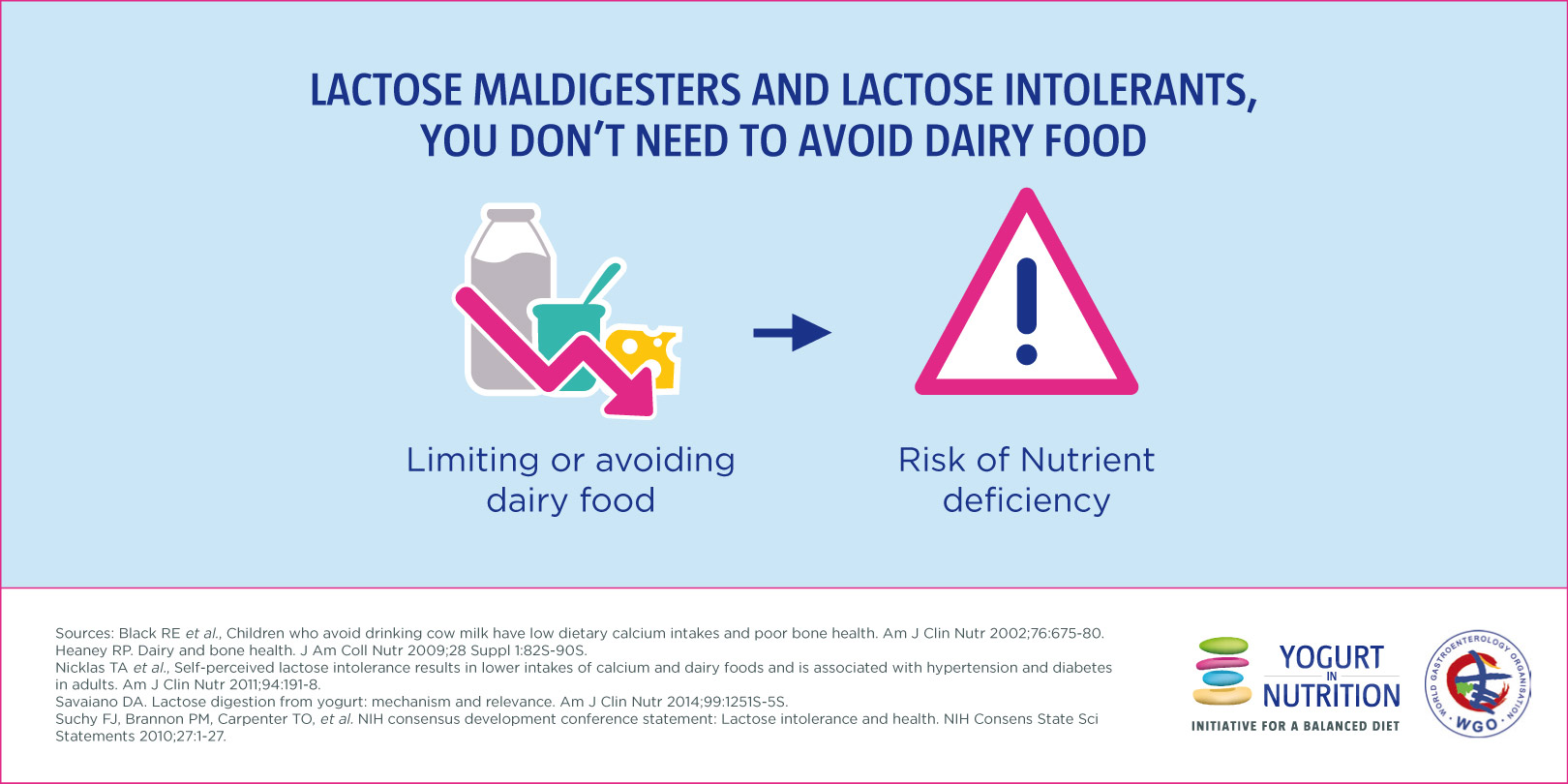Heart health: the unexpected benefits of dairy products
This review is based on prospective population studies and investigated the association between dairy consumption and different cardiovascular-related clinical outcomes: cardiovascular disease (CVD), coronary artery disease (CAD), stroke, hypertension, metabolic syndrome (MetS), and type 2 diabetes (T2D). The authors also rated the quality of evidence by grading the quality of evidence and the strength of recommendations. They identified numerous protective associations for dairy, among which yogurt in T2D (high-quality evidence), and fermented milk in stroke (moderate-quality evidence).
No differences between low-fat and whole-fat dairy products
An important finding of this work is the absence of a clear difference in cardiovascular-related clinical outcomes between low-fat and whole fat dairy products. High- to moderate-quality evidence supports, neutral associations between total dairy, cheese and yogurt and CVD risk. The observations in hypertension outcomes are identical between regular- and high-fat dairy, milk, yogurt and fermented dairy. As well as between high-fat dairy, milk, and fermented dairy in T2D.
Globally, dairy products have a quite positive image in heart-related outcomes. As this work doesn’t find evidence-based argument supporting the recommendation to consume reduced fat dairy rather than regular-fat dairy in cardiovascular prevention, the authors suggest that further researches are needed to consolidate the evidences.
Dairy fat still has surprises in store for you !
To learn more, read the original article.
* Grading of Recommendations Assessment, Development and Evaluation.
Source: Drouin-Chartier J-P et al. Advances in Nutrition 2016;7:1026-1040.

